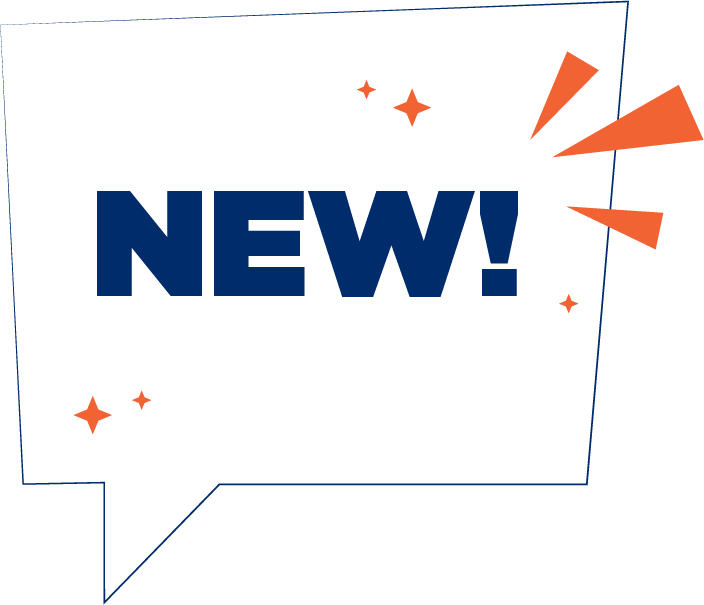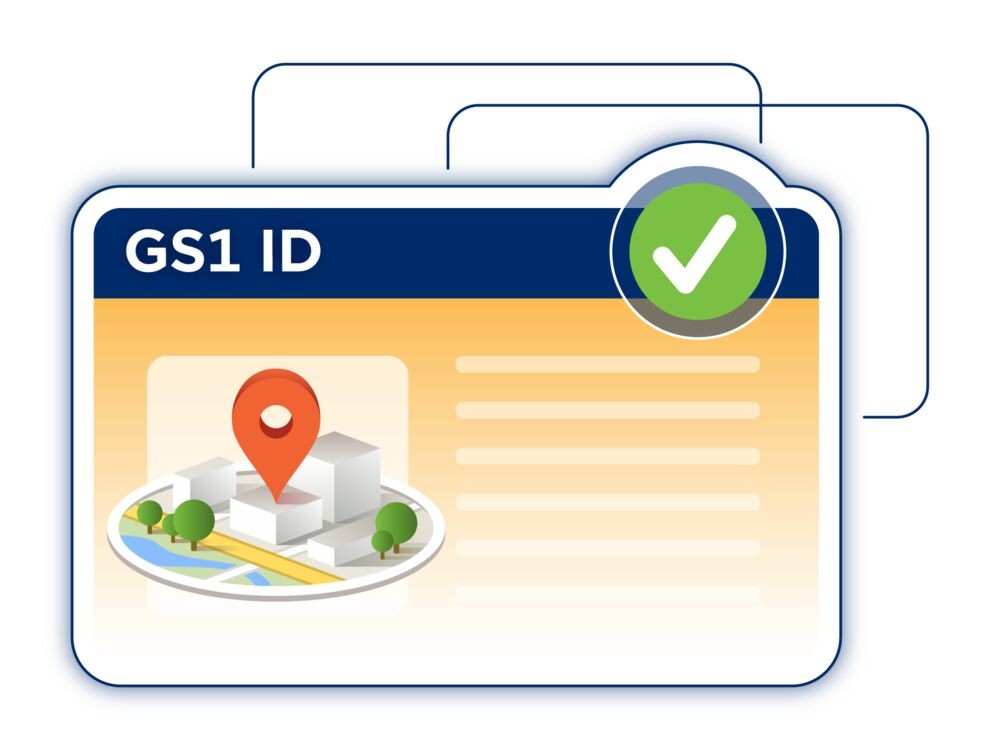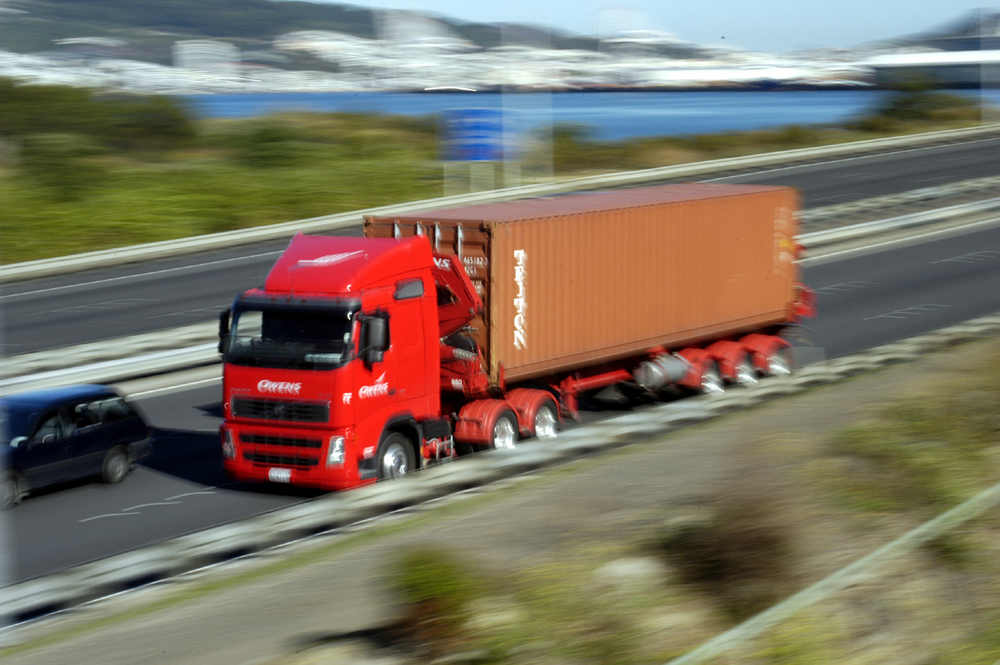Global Location Number (GLN) update: what’s new in 2024
GS1 Global Location Number (GLN) identifiers enable businesses to identify who is involved in transactions and where things are located throughout the supply chain. By uniquely identifying parties and locations, GLNs help track products, optimise processes, and provide greater visibility into transactions worldwide. Essentially, GLNs do for parties and locations what barcodes do for products.
GLNs are globally unique and interoperable, using a common language that can be shared across trading partners to accurately and uniquely identify companies or specific locations. This helps improve visibility into your products’ location at any point in the supply chain.
2024 update for GLNs
GS1’s global standards, set by our members, are often updated. This is why ‘Mobile Physical Location’ as a new GLN type and 10 new attribute fields have been added to GS1 New Zealand’s My Locations service.
The addition of these attributes enable GS1 members to better manage their GLN’s and core location attributes in preparation for data sharing with GS1’s Global Registry and the Verified by GS1 service. Global users of Verified by GS1 can verify the identity and ownership of any GS1 identifier – product, company, and location – which in a global supply chain provides traceability and interoperability. Verified by GS1 is used by industry organisations and government entities who need trusted, quality data to efficiently do business with their partners.
Accurate location information helps to support supply chain visibility, enabling solutions for traceability, compliance, and ethical sourcing – driving transparency and trust both within organisations and with outside business partners.
See the new attributes
Search for your products on the GS1 Global Registry with Verified by GS1
So, what can GLNs help with?
- Consistent Identification: Establish a standardised method to identify parties and locations.
- Enhanced Efficiency: Boost efficiency through quick, accurate, and actionable data exchange.
- Single Source of Truth: Create a reliable repository for party and location information, including name, address, and purpose.
- Universal Identifier: Use the same identifier across markets and channels, facilitating seamless communication of information between you and your trading partners.
- Regulatory Compliance: In some cases, GLNs are crucial for meeting regulations. For example, the New Zealand Business Number (NZBN) is a GLN, making it a globally unique identifier supported by legislation (the NZBN Act, 2016) and available to every Kiwi business.
GLNs can be used to identify:
- A party is an entity involved in a business-related transaction. A GLN identifying a party answers the question of “who.” This can be a legal entity or function. For example, a legal entity includes any business, corporation, government department, individual, or other institution recognized by law and capable of entering into agreements or contracts. The New Zealand Business Number (NZBN) is a GS1 GLN, issued to all businesses through a partnership between the Government and GS1 NZ. With millions of businesses registered in New Zealand, the NZBN ensures uniqueness for every organization and fosters interoperability across the public and private sectors. Whether self-employed or a major corporation, the NZBN simplifies business operations by linking to core business information. Search the register here.
- Functions allow globally-unique identification of functional parts of an organisation performing specific tasks, such as in finance - accounting or purchasing department, inwards goods, or procurement.
- Locations a particular place or position. A GLN identifying a location is used to answer the question of “where” something has been, is, or will be and can be physical or digital in nature.
- Physical Location: a tangible place that may be represented by an address, coordinates, or other means. Examples include a manufacturing facility, distribution centre, dock door, farm, or bin location.
- Digital Location: an electronic (non-physical address) such as an Electronic Data Interchange (EDI) gateway.
When needed, locations inside larger facilities, like a room or shelf, can also be assigned GLNs.
The New Zealand NZBN ecosystem also includes Organisation Parts. Only businesses with an NZBN can create an Organisation Part. This was evident during the COVID response when businesses created COVID-19 posters with GS1 GLNs encoded in the QR codes to help identify and record specific physical contact locations. Organisation Parts are GLNs and can be used to identify functions or locations within your business. They are unique because they are linked to your verified Legal Entity.
So, what are some of the use cases for GLNs in a New Zealand context?
Use cases for GLNs in New Zealand
Supply chains
When GLNs are encoded into GS1 barcodes or RFID tags, they can be scanned to provide full visibility of ‘who’ (e.g., the party or function) and ‘where’ an item came from and where it has been during transit. GLNs are heavily deployed in New Zealand to identify parts of meat processing plants and New Zealand Post’s parcel tracking service, for example.
The once-familiar COVID-19 posters we all had to scan had GS1 GLNs encoded in the QR Code to help identify and record specific physical contact locations.
eCommerce/eInvoicing
GLNs are very useful when parties want to uniquely identify themselves in electronic data transactions such as eInvoicing. Structured business information (including specific locations) can automatically be shared between organisations for eInvoicing, purchase orders or shipping forms.
GLNs in action: Scan4Transport
Scan4Transport is a global GS1 standard for transport and logistics labels. NZ Post is currently utilising this technology.
Transport operators from around the world rely on transport data encoded on a logistics label to support their daily operations. Currently, this data is captured in various proprietary formats. This drives the need for greater interoperability among stakeholders, their systems and supply chains.
Scan4Transport encodes transport data, including GLN information, on a Logistics Label and for eCommerce applications. Developed specifically for global courier and postal services, the standard supports companies across the transport process including first mile, sortation and last mile activities and enables them to keep pace with the growing needs of their customers.





